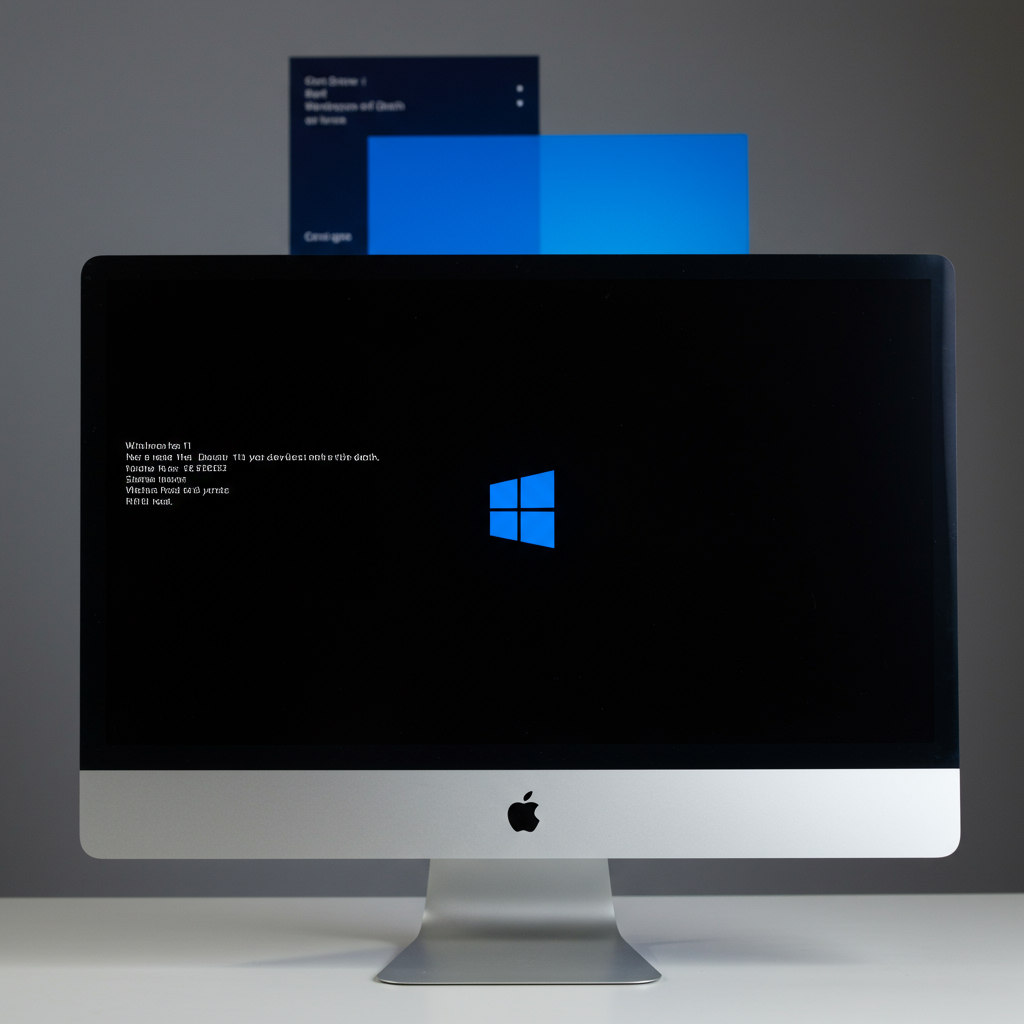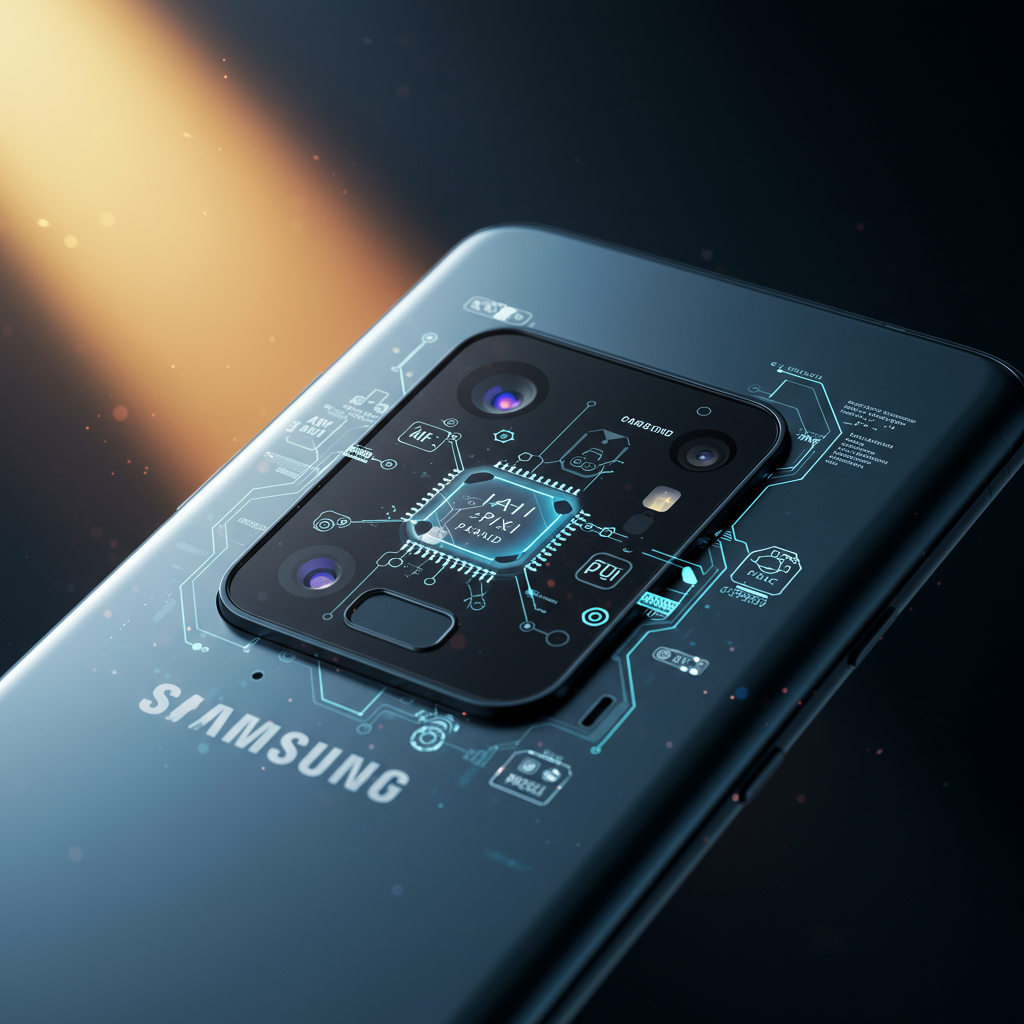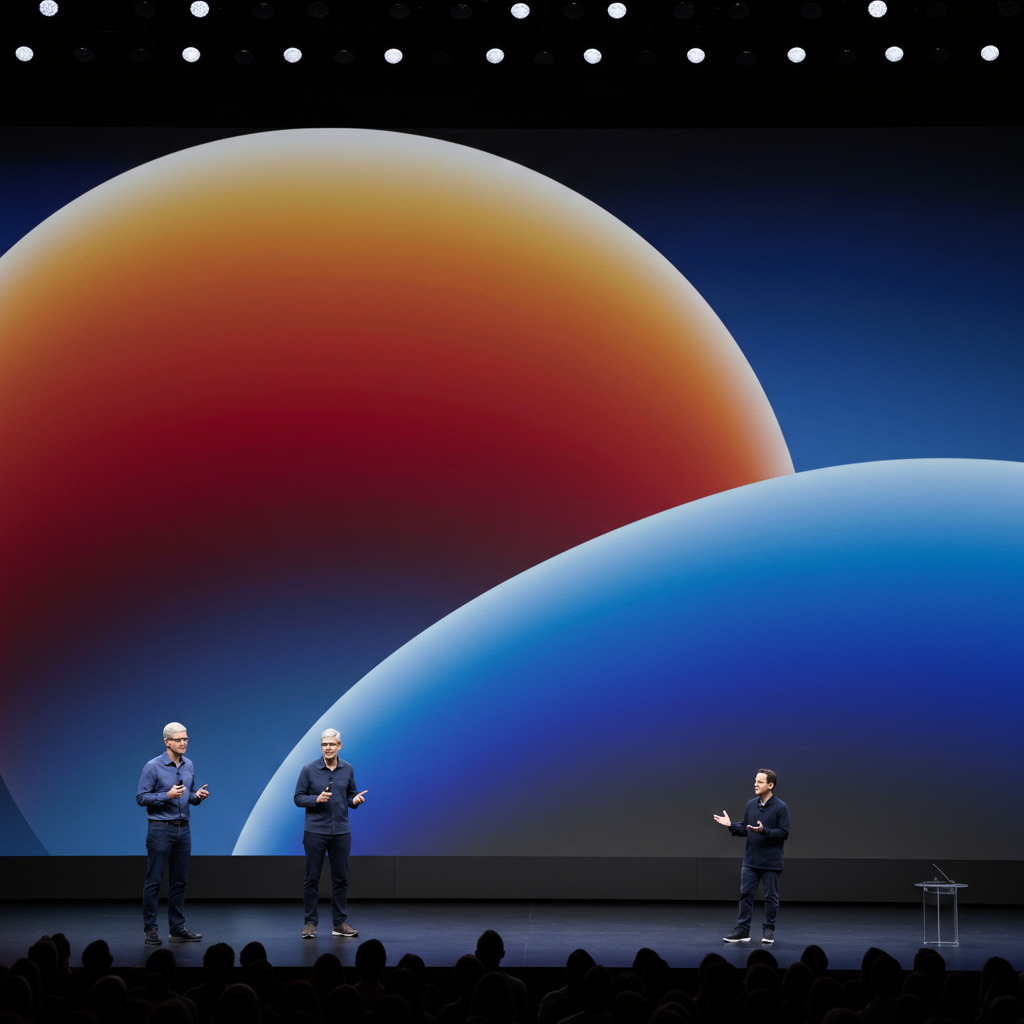For decades, the dreaded Blue Screen of Death (BSOD) has been a jarring, frustrating symbol of critical system errors for millions of Windows users. Now, after nearly 40 years, Microsoft is officially retiring the infamous blue screen.
As part of an upcoming Windows 11 update, specifically version 24H2 set to roll out later this summer, users will encounter a new, simplified black screen during unexpected restarts. This change isn’t just cosmetic; it’s aimed at improving clarity, speeding up diagnostics, and making system recovery faster and less intimidating.
The New Black Screen of Death
The familiar bright blue background, sad-faced emoji, and QR code are gone. The new Black Screen of Death (still likely to be known by the “BSOD” acronym, now for Black Screen of Death) presents a minimalist, high-contrast interface.
It focuses intently on essential technical details crucial for troubleshooting. Users and IT professionals will find the specific stop code, the name of the faulty driver, and even the name of the failed file(s) displayed directly on screen. According to Microsoft’s VP of Enterprise and OS Security, David Weston, the primary goal is to enhance clarity and provide better, immediate information to help pinpoint the root cause of the problem more quickly – whether it’s a Windows issue or a specific component failure. This approach offers more transparency compared to systems that provide minimal detail during fatal errors.
Why the Change? Enhancing System Resiliency
This significant visual and functional shift is part of Microsoft’s broader Windows Resiliency Initiative. The initiative and the redesigned crash screen were heavily influenced by real-world challenges, such as the widespread CrowdStrike outage experienced last year. That incident caused BSOD errors on millions of devices globally, highlighting the need for more robust error reporting and faster recovery mechanisms.
The central objectives are minimizing downtime and expediting system recovery, making the crash experience less opaque and more manageable for everyone from individual users to IT administrators.
Beyond the visible screen, Microsoft is implementing deeper technical improvements related to system stability. This includes relocating critical components like antivirus and Endpoint Detection and Response (EDR) systems out of the core kernel to prevent them from triggering system-wide failures, addressing a key lesson learned from past stability issues.
Introducing Quick Machine Recovery (QMR)
Alongside the new black screen, Microsoft is debuting a powerful new feature called Quick Machine Recovery (QMR). QMR is designed to address a common pain point: devices getting stuck in the Windows Recovery Environment (Windows RE) after a crash, which often requires manual intervention.
Instead of potentially lengthy troubleshooting, QMR aims to automatically guide stuck devices into recovery mode and initiate diagnostic procedures. This capability will be enabled by default for Windows 11 Home users, while IT administrators will have full control to enable it on Pro and Enterprise versions. This combination of simplified error reporting and automated recovery tools is intended to significantly reduce reboot times, with Microsoft estimating recovery in as little as two seconds for many users.
A Legacy Ends
Variations of the Blue Screen of Death have been a fixture of Windows since the early 1990s, evolving from the “blue screen of unhappiness” in Windows 3.1 to the formal “system is unrecoverably dead” screen introduced in Windows NT in 1993. While a black screen version was briefly tested with Windows 11 Insiders in 2021, this new iteration rolling out with 24H2 is the definitive replacement.
Retiring the iconic blue screen is more than a cosmetic update; it marks a new chapter in how Windows handles critical system errors. By offering a clearer, more informative screen and coupling it with robust recovery tools like QMR, Microsoft aims to make system failures less daunting and recovery faster for everyone. The era of the blue screen is over, ushering in a black screen designed for clarity, speed, and enhanced system resilience.




